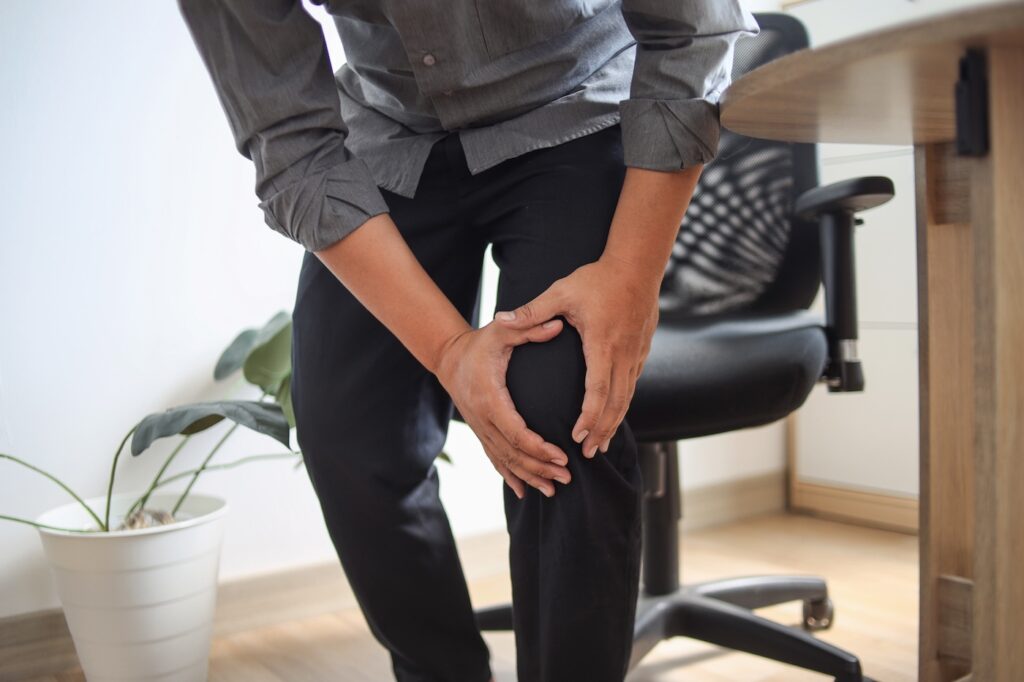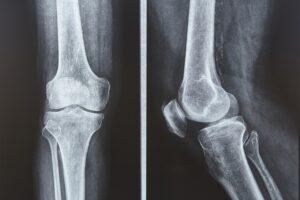
If you’ve ever experienced a headache, you know how debilitating it can be. Now imagine chronic head pain that doesn’t respond to over-the-counter medications or lifestyle changes. When the pain is felt in the back, front and/or sides of the head, and you feel like you’re in pain more often than you’re not, it might be worth looking into headache treatment with Occipital Nerve Block.




